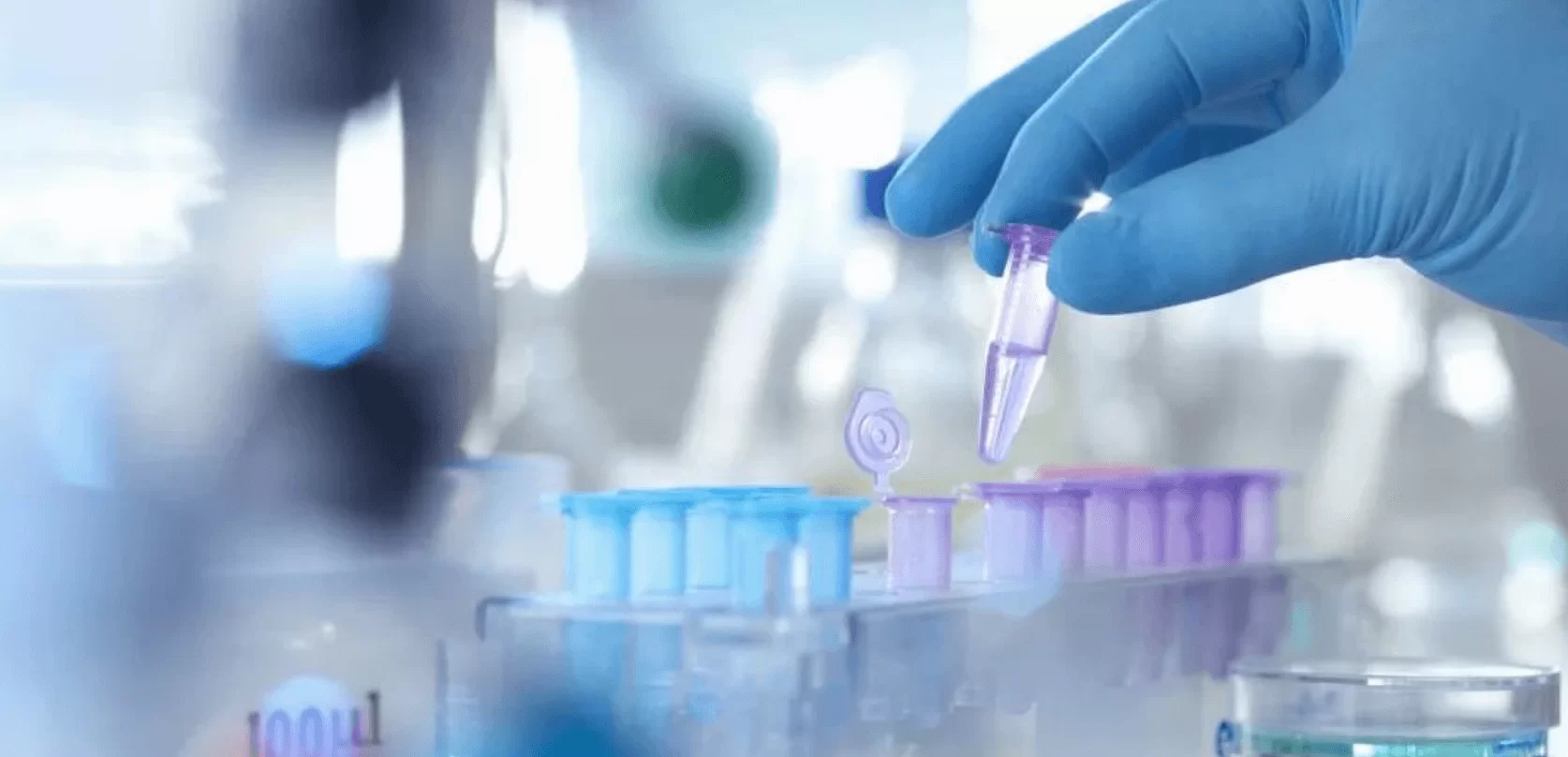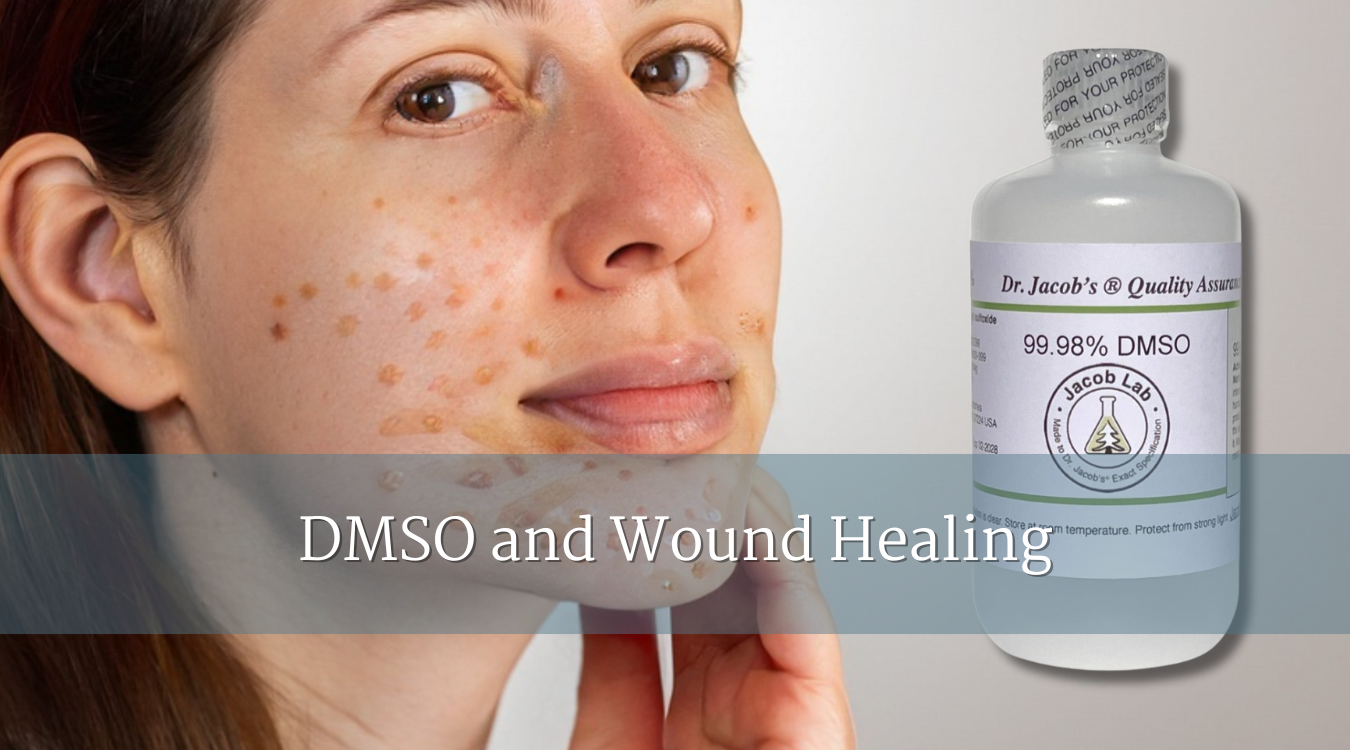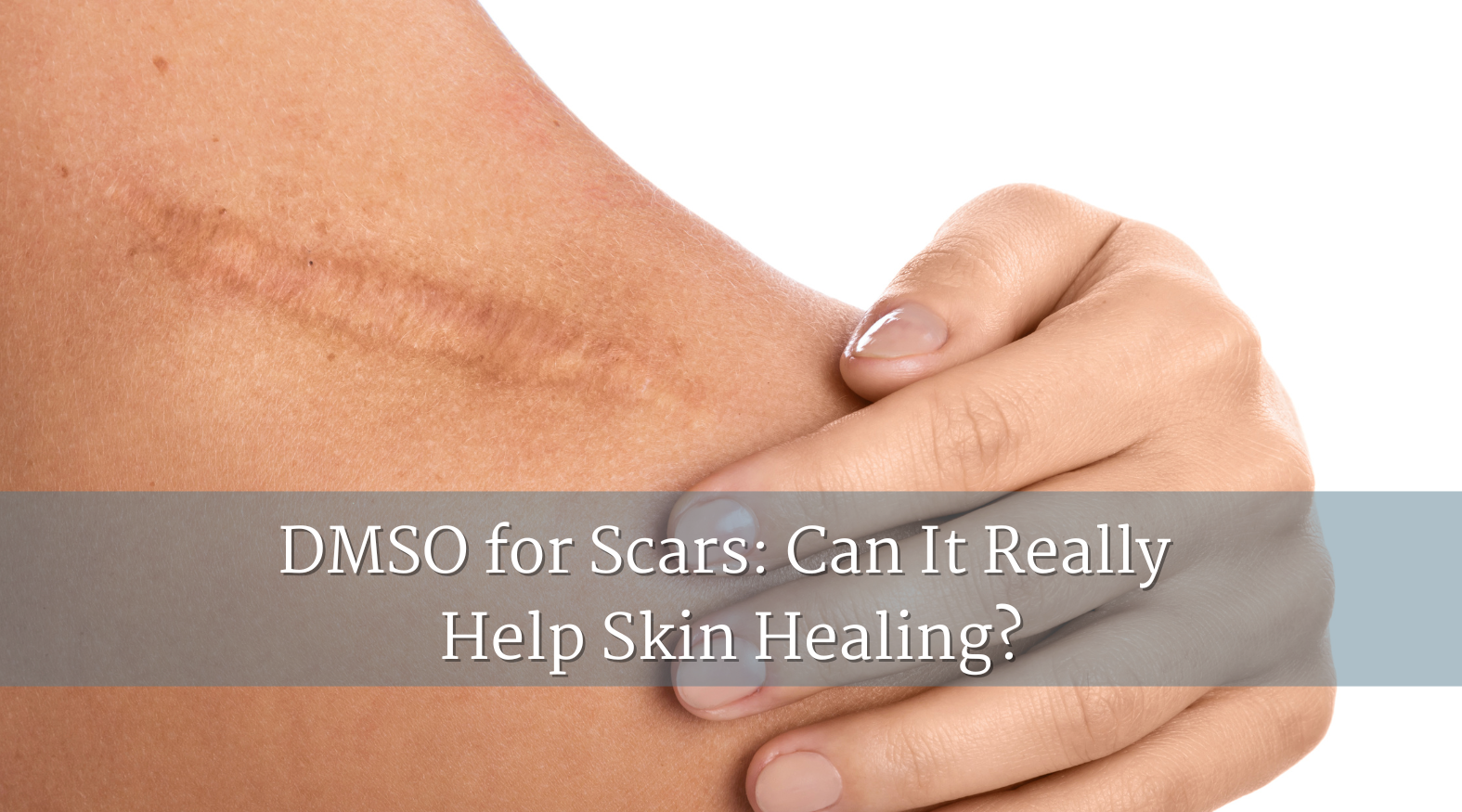
Scars tell a story. Maybe yours comes from an accident, an old burn, surgery, or a stubborn skin wound that just never healed the way you hoped. For many people, scars aren’t just physical — they carry emotional weight too. They can be a daily reminder of pain, trauma, or a part of life you’d rather move on from.
So it’s no surprise that people search high and low for ways to reduce scars and restore healthy-looking skin. Among the natural options being talked about more and more is DMSO (dimethyl sulfoxide) — a powerful compound originally discovered as a byproduct of the wood industry, later studied for its ability to penetrate the skin and carry healing molecules deep into tissue.
But can DMSO really help scars fade and skin heal more smoothly? Let’s unpack what the research says, what people have experienced, and how you might approach it with wisdom and safety.
🔬 The Science Behind DMSO and Scarring
When you get a wound, your body’s natural healing process produces collagen fibers to “patch” the damage. If collagen is laid down unevenly or in excess, the result is often a thickened, raised scar (hypertrophic or keloid).
DMSO is unique in that it:
-
Penetrates deeply into the skin — far more effectively than most creams or oils.
-
Reduces oxidative stress and inflammation — both of which can worsen scar formation.
-
Influences collagen cross-linking — studies suggest DMSO can reduce abnormal collagen buildup, helping tissue remodel in a more natural way.
One small but telling area of research has looked at DMSO in burn scars. Burn tissue often becomes rigid and fibrotic, making it hard to stretch or heal well. Topical DMSO, in some cases, was shown to soften scar tissue and improve flexibility.
As a nutritionist, I often remind my clients that healing isn’t just about “fixing” a symptom — it’s about creating the right environment for the body to repair itself. DMSO seems to offer that, at least on a biochemical level, by calming inflammation and giving cells more space to do their repair work.
🌿 A Holistic Perspective: TCM and Skin Healing
In Traditional Chinese Medicine, scars are seen as more than just a mark on the skin. They represent a disruption of Qi and Blood flow. A scar can physically and energetically block circulation in an area, sometimes even leading to chronic pain or stiffness.
This is why TCM practitioners often massage scars, apply herbal poultices, or use acupuncture around scar tissue — the goal is to restore smooth flow, so healing is not just superficial but systemic.
From this lens, DMSO is fascinating. It acts like a carrier, helping substances penetrate deeper into tissue. In a way, it mirrors the TCM principle of using “envoys” (herbs that guide other herbs to specific areas of the body). When paired wisely — for example, blending DMSO with aloe vera for cooling or vitamin E oil for skin nourishment — it aligns beautifully with holistic scar-healing principles.
Practical Ways People Use DMSO for Scars
While DMSO is not a mainstream dermatology treatment, many people experiment with it at home for scars. Common approaches include:
-
Diluted topical application: Most people never use pure 100% DMSO on skin. Diluting with water or aloe vera gel (commonly 70/30 or 50/50) helps reduce irritation.
-
Combining with natural healers: Aloe vera, MSM, vitamin E, or herbal oils are often added, letting DMSO carry them deeper into the skin.
-
Consistent gentle massage: Massaging the area with diluted DMSO may help break down stiffness and improve circulation, which is key for scar remodeling.
💡 Note: DMSO has a garlic-like odor when absorbed — a harmless but sometimes surprising side effect!
⚠️ Safety and Cautions
Before you rush to try it, a few words of caution:
-
Dilution matters: Undiluted DMSO can cause redness, dryness, or irritation. Always dilute.
-
Purity is key: Only pharmaceutical-grade DMSO should be considered for topical use. Industrial-grade products can contain dangerous impurities.
-
Medical guidance: If you have a large, deep, or surgical scar, or if you’re prone to keloids, consult a professional before experimenting.
-
Patch test: Always try on a small area first to check for sensitivity.
As someone who has worked with both nutritional healing and traditional therapies, I see DMSO as a supportive tool, not a magic bullet. It works best when paired with a healthy lifestyle: anti-inflammatory foods, good hydration, and gentle movement to keep circulation flowing.
The Bigger Picture
Imagine a scar that once felt tight, itchy, or emotionally heavy slowly softening. Imagine the relief of skin that feels more like your own again. This is why DMSO excites so many people — not because it erases the past, but because it offers a chance at renewal.
Whether you’re someone who trusts the science, someone who resonates with holistic wisdom, or someone simply looking for hope, DMSO has a unique place in the scar-healing conversation.
Where to Learn More
-
For broader applications: DMSO and Wound Healing
-
For the science: What is DMSO and How Does It Work?




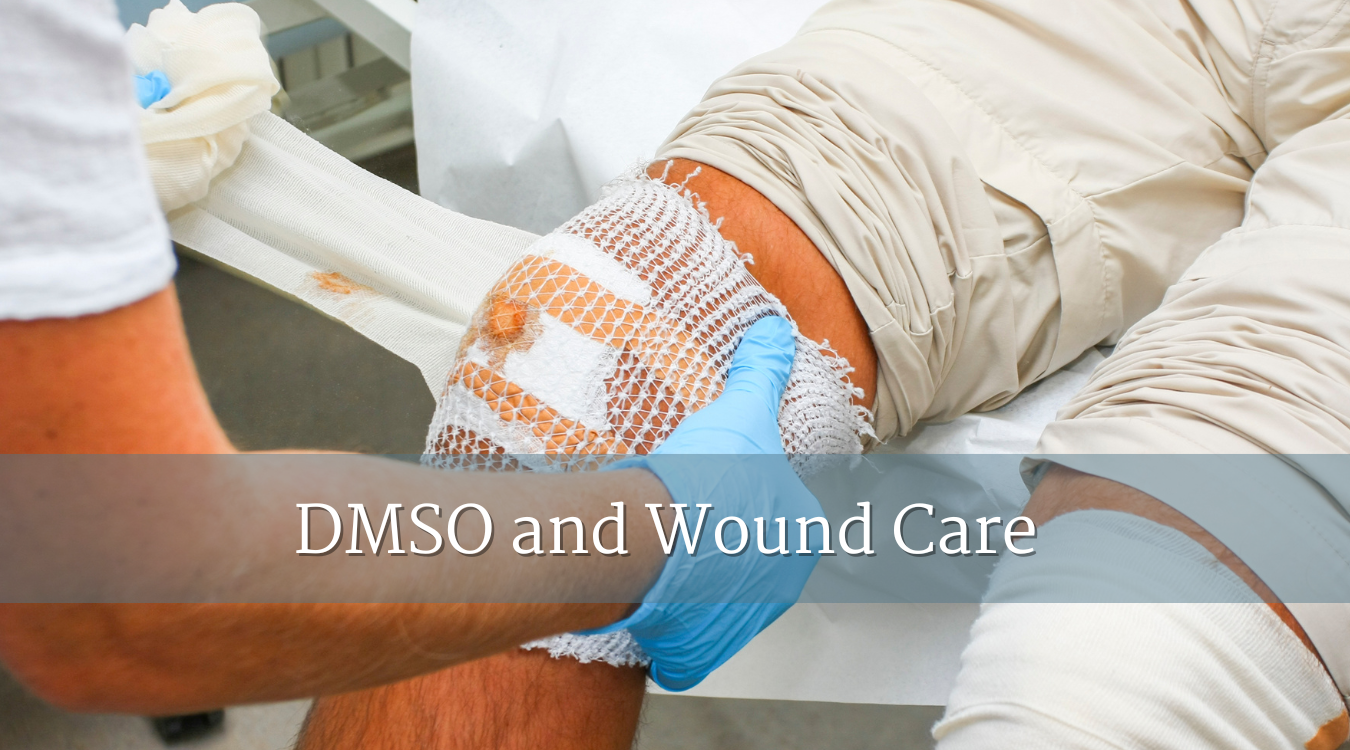 DMSO and Wound Healing: Science, Benefits, and Safe Use
DMSO and Wound Healing: Science, Benefits, and Safe Use
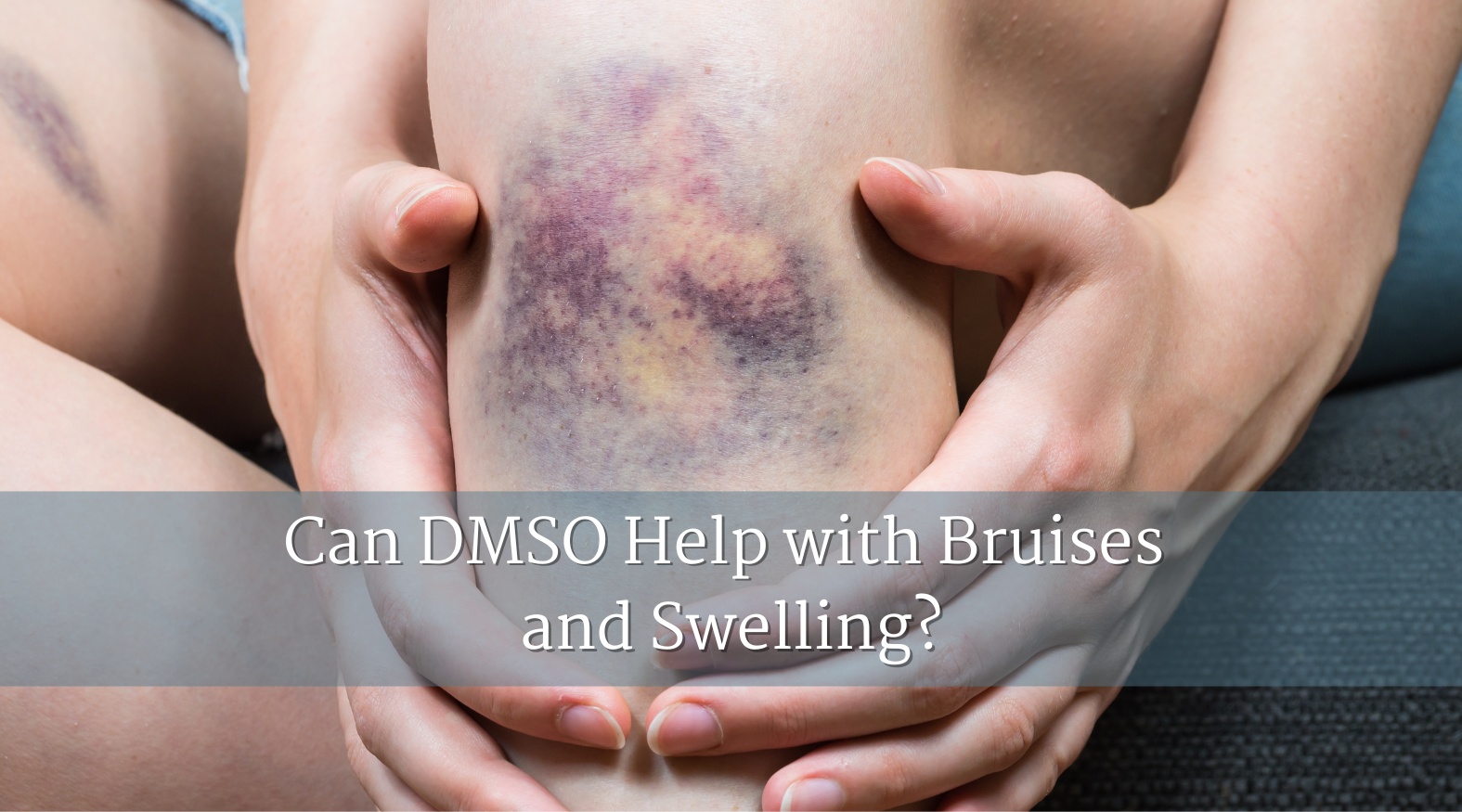 Can DMSO Help with Bruises and Swelling?
Can DMSO Help with Bruises and Swelling?


